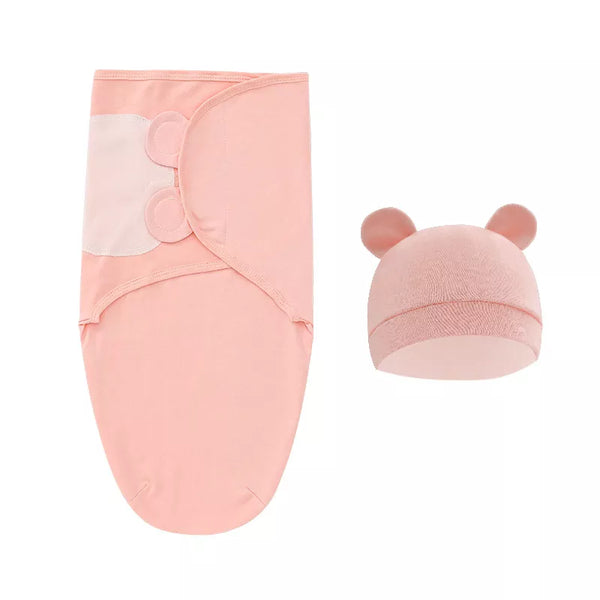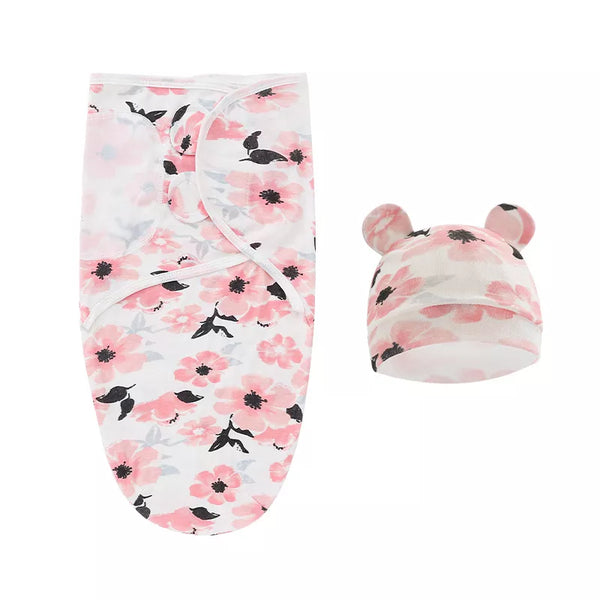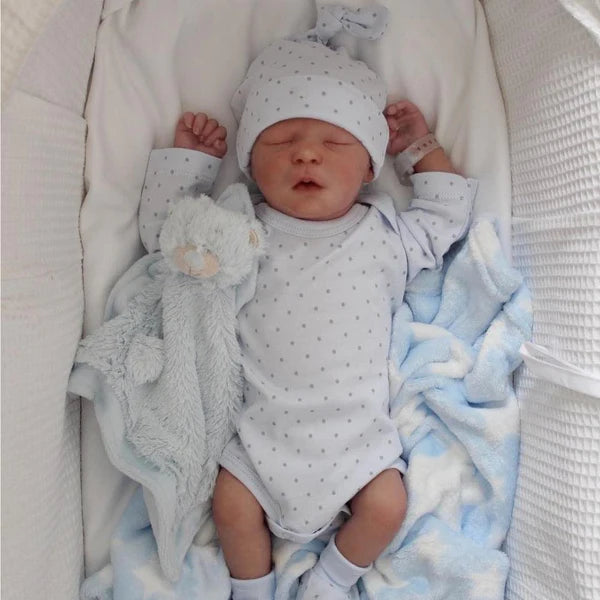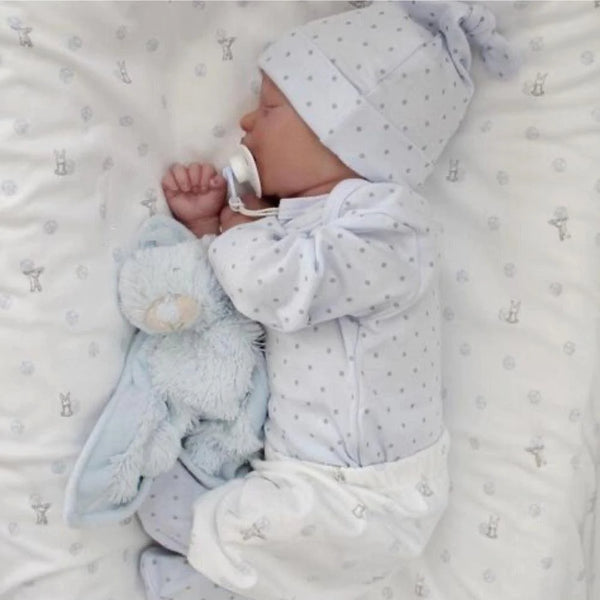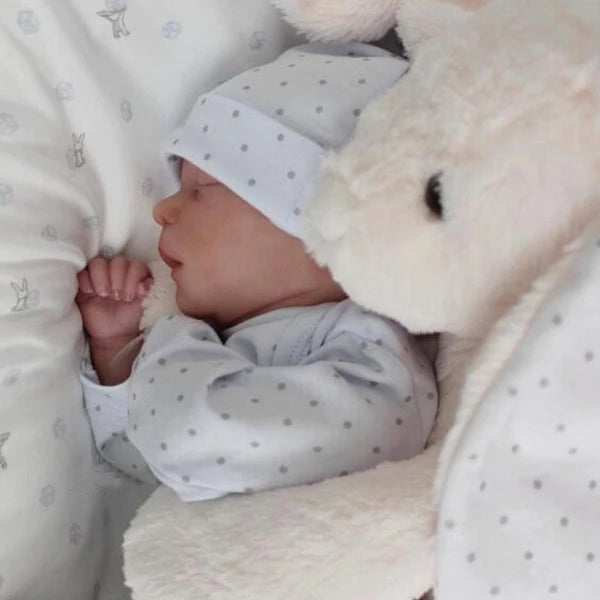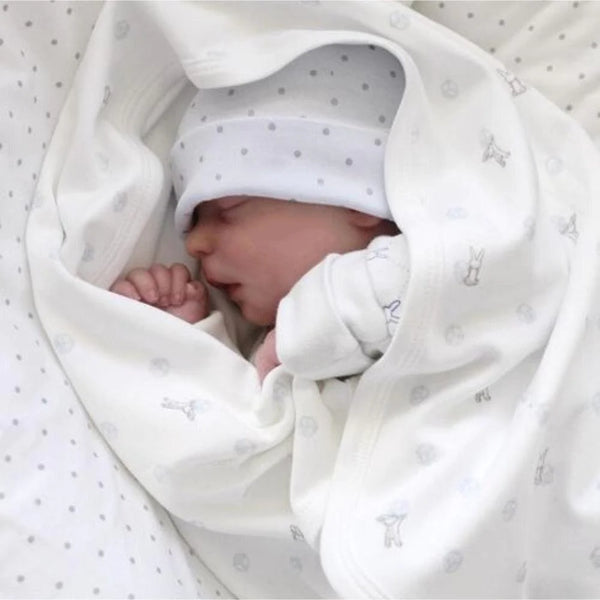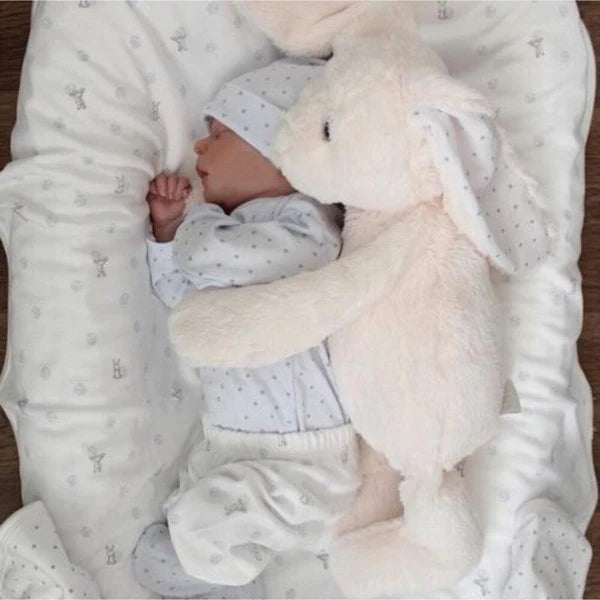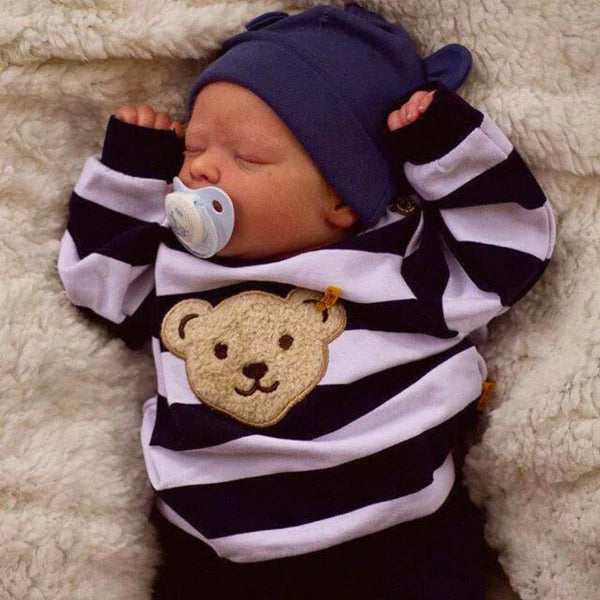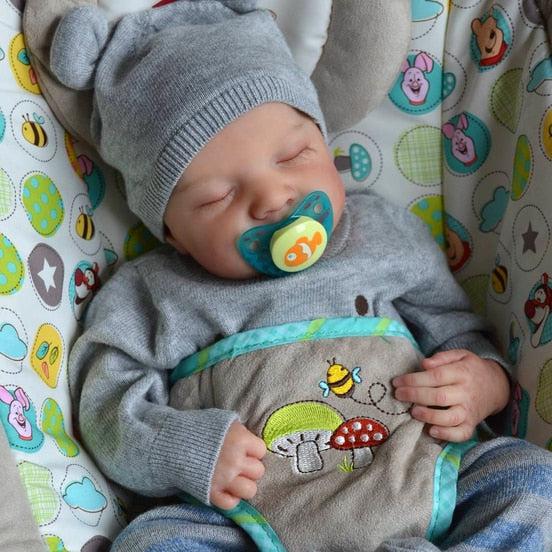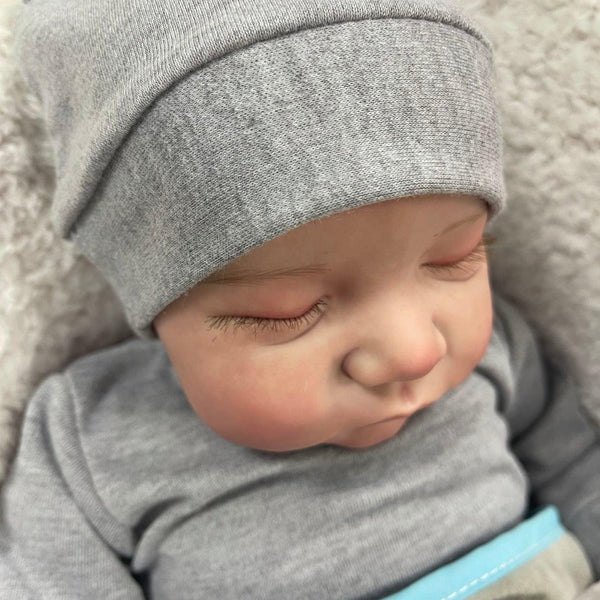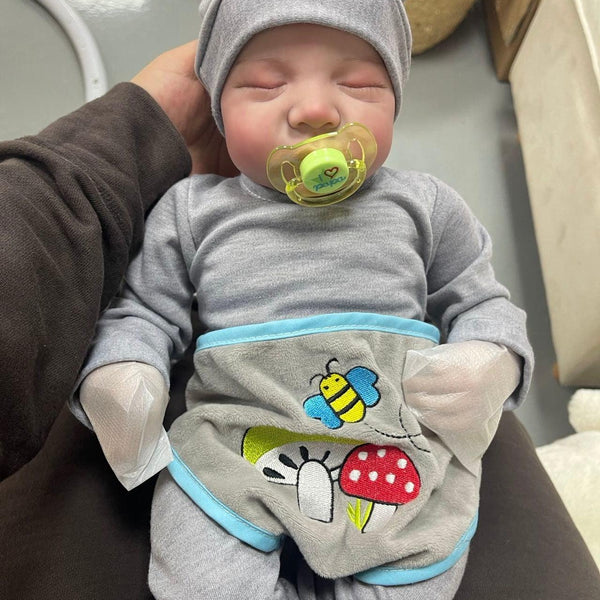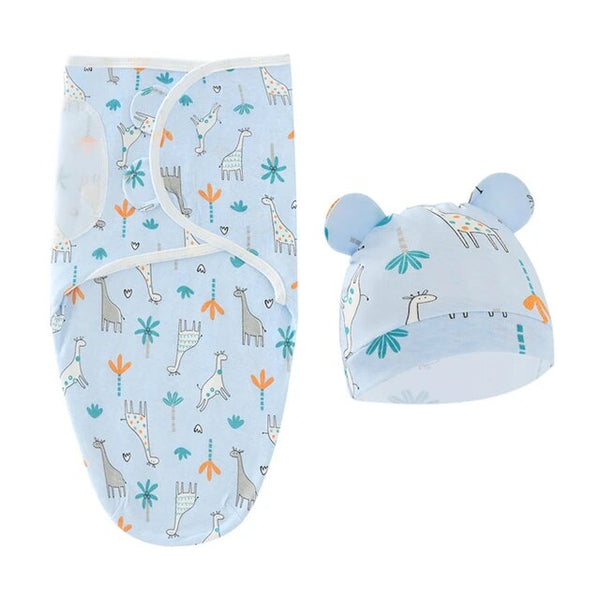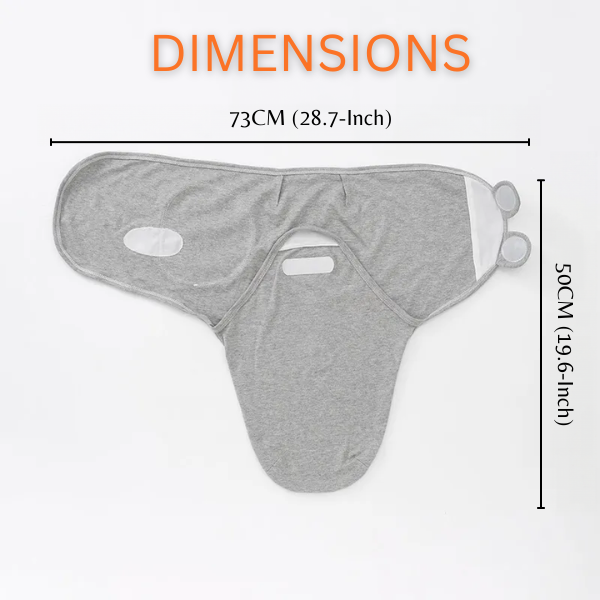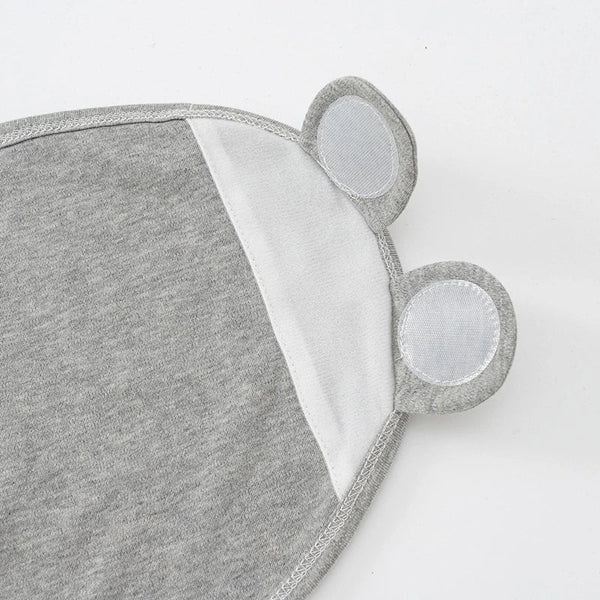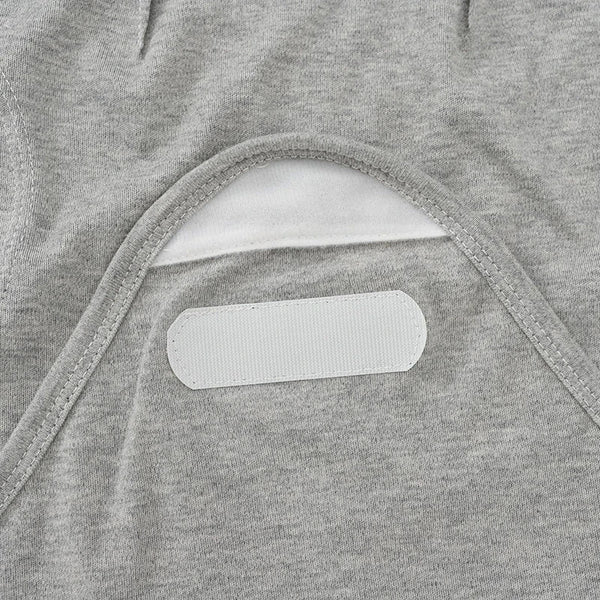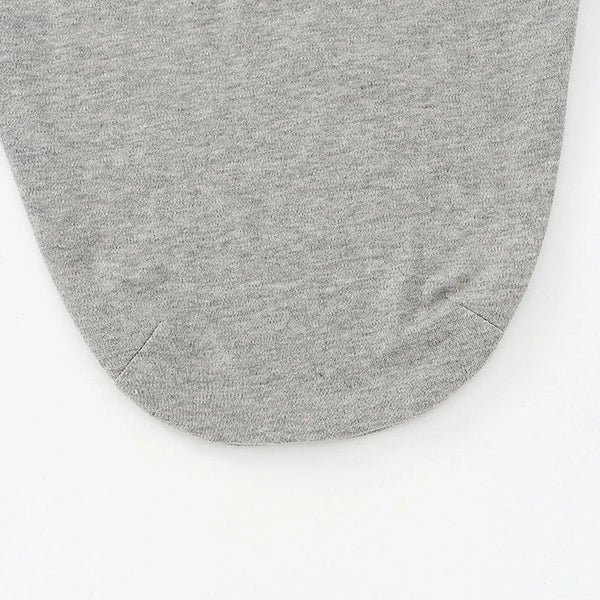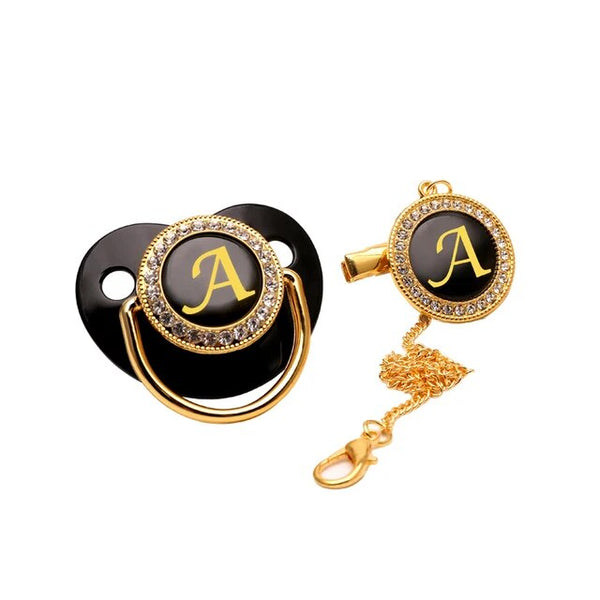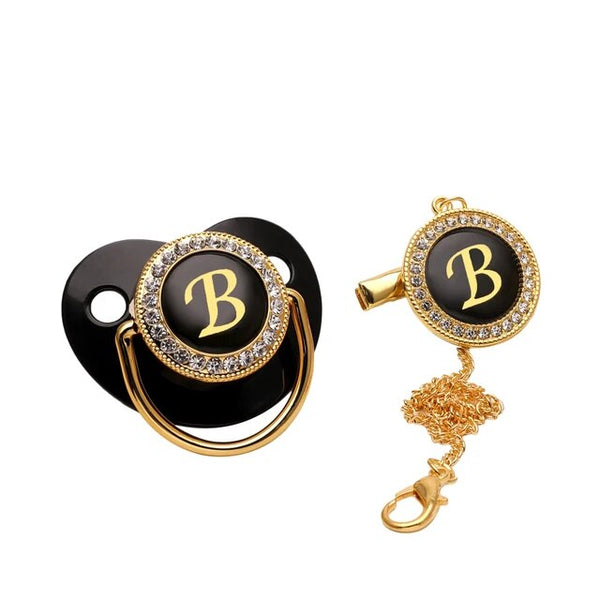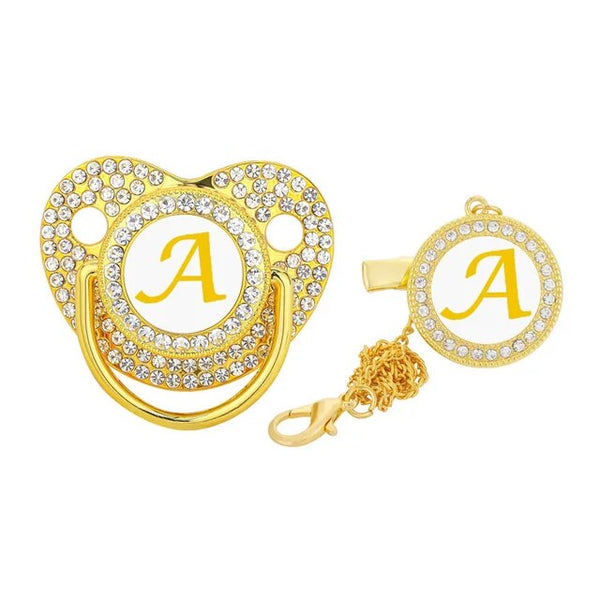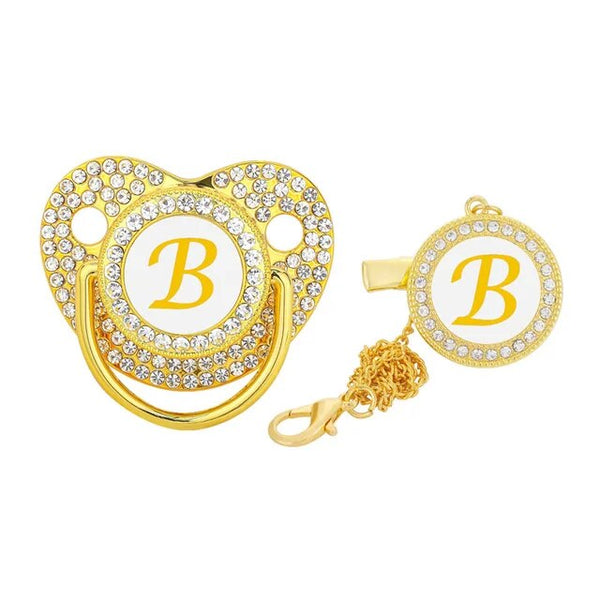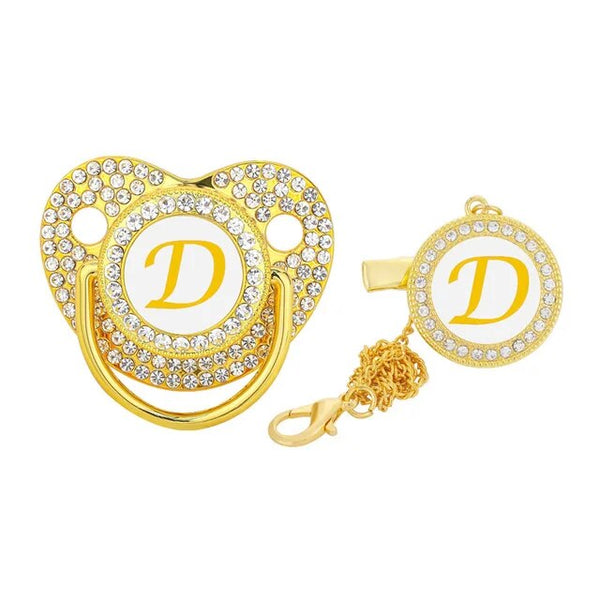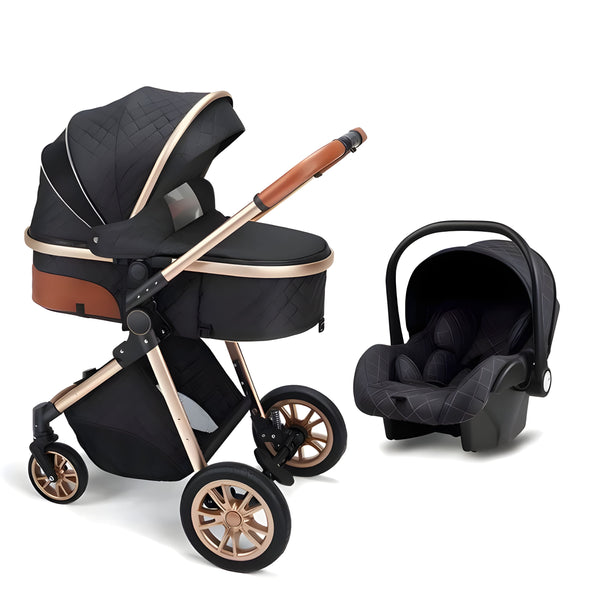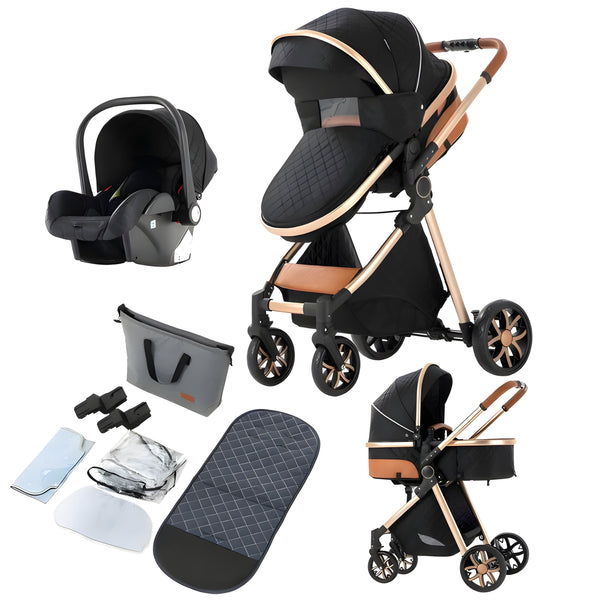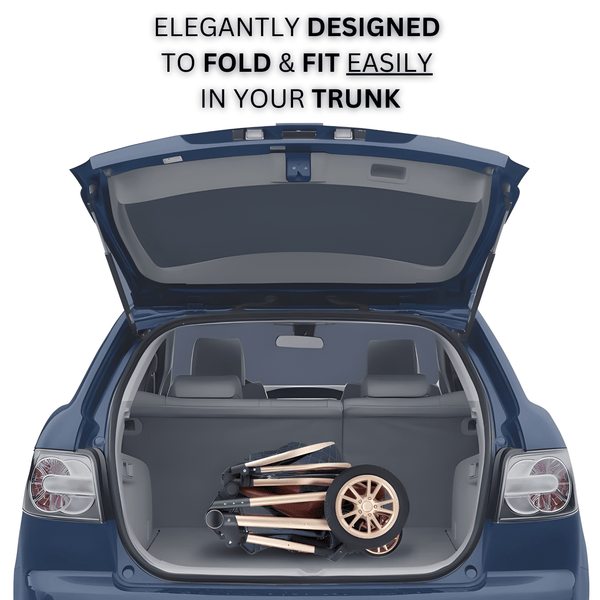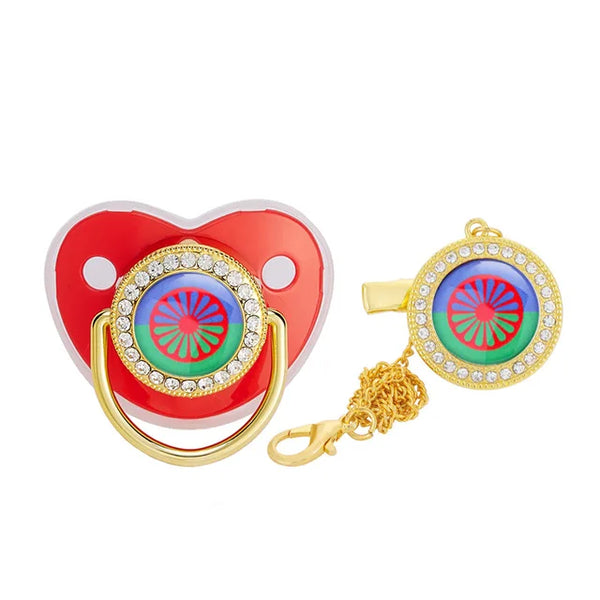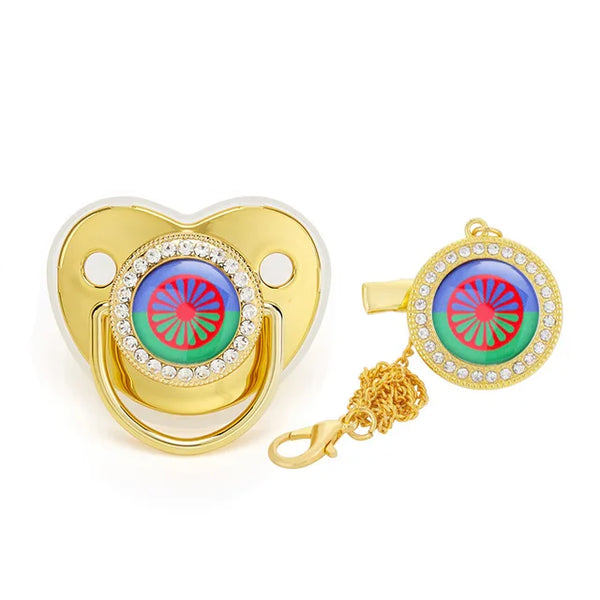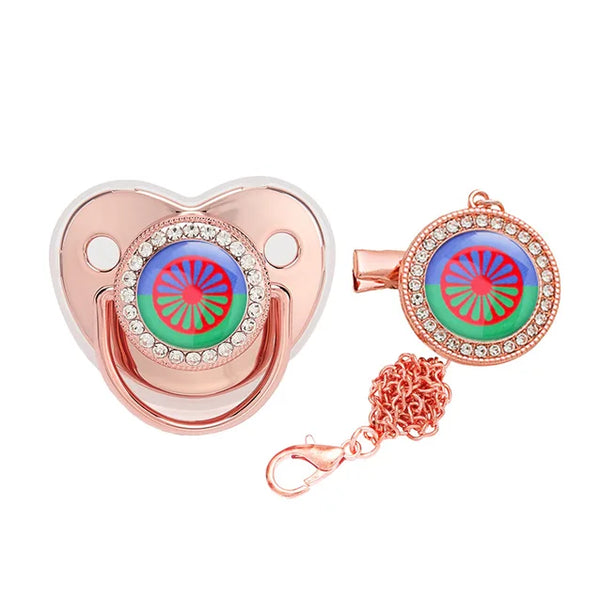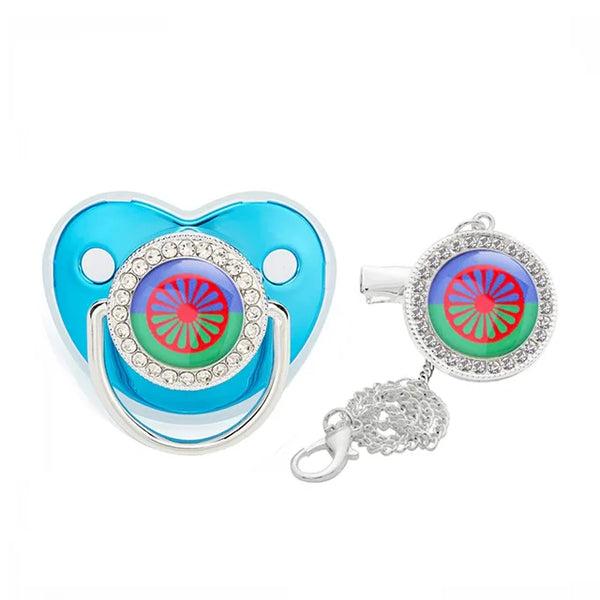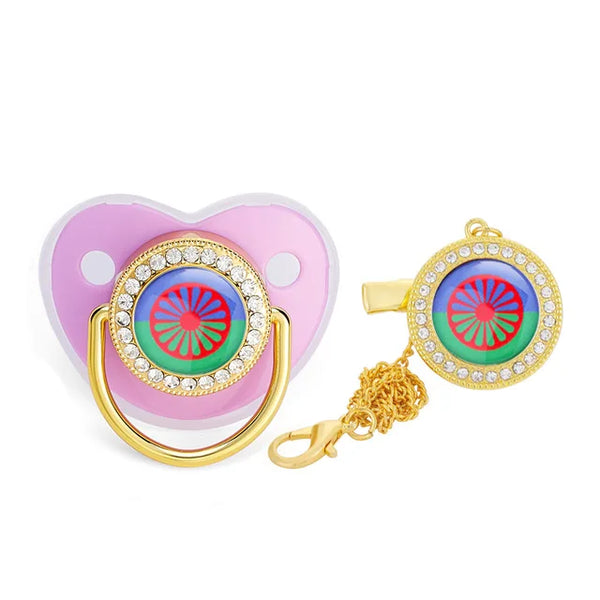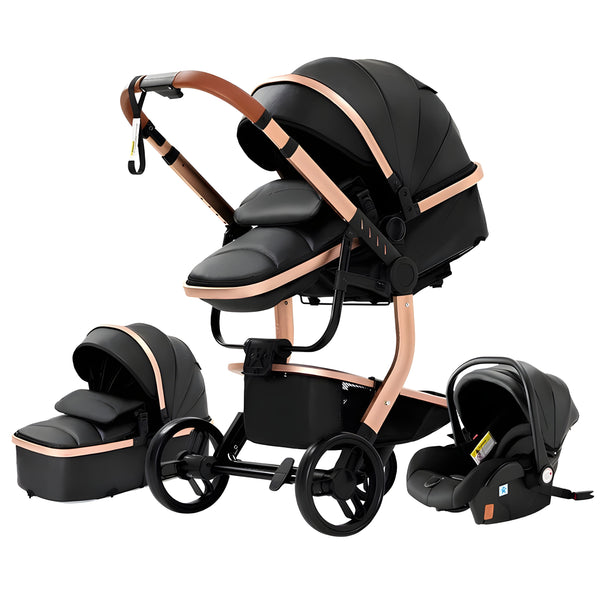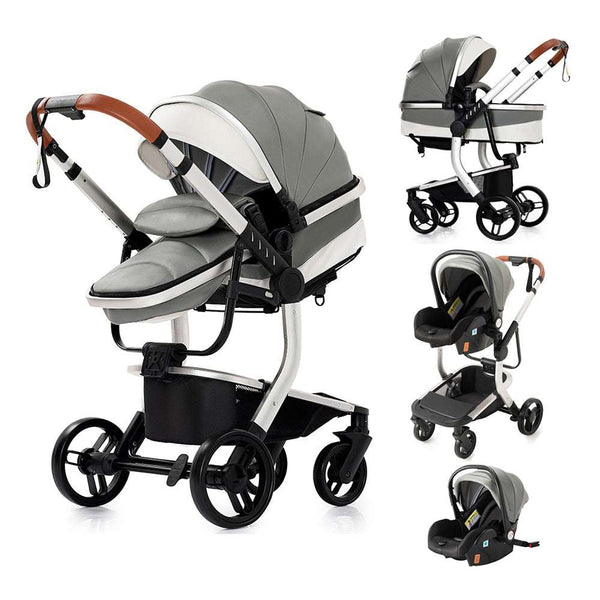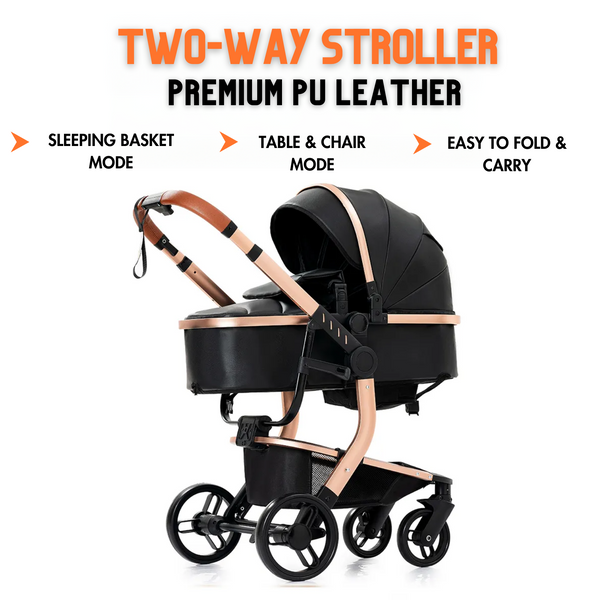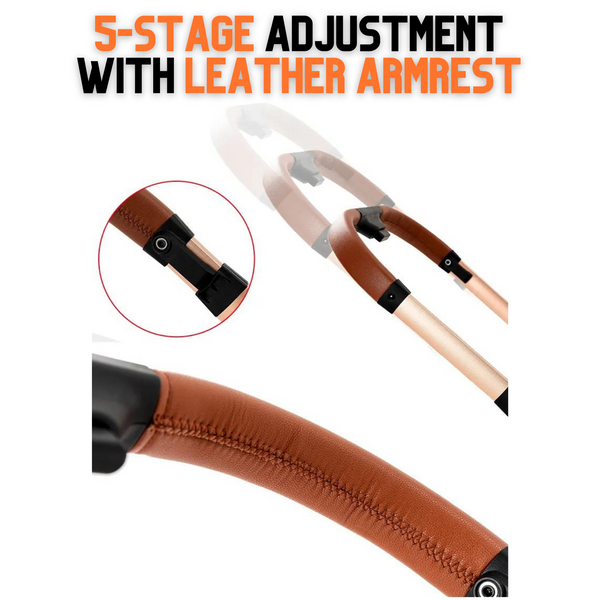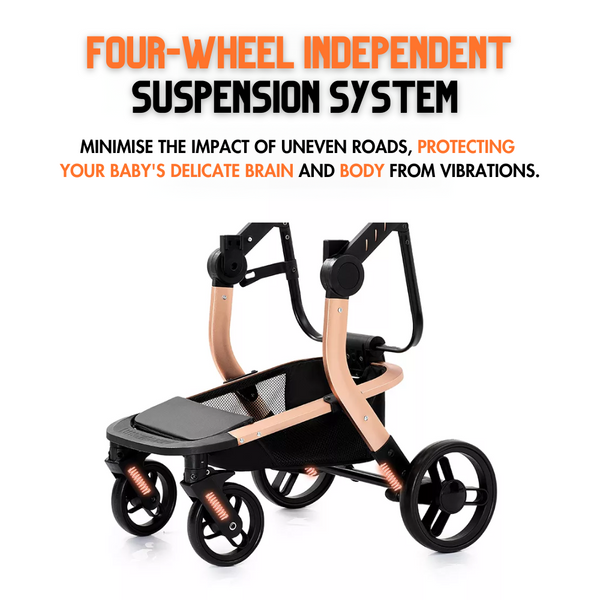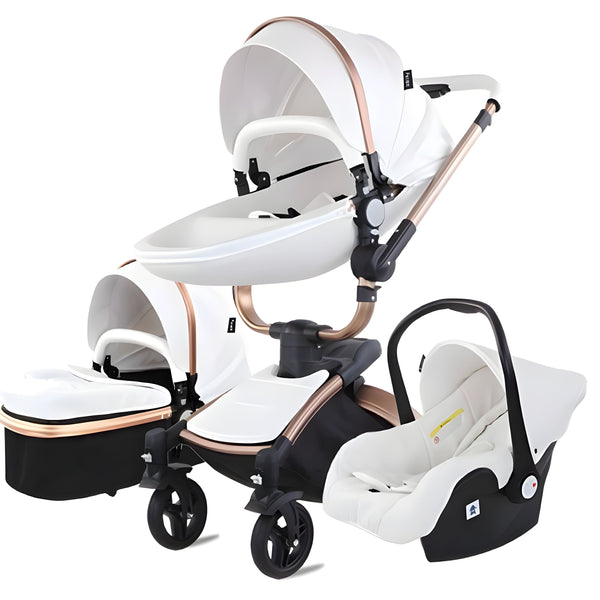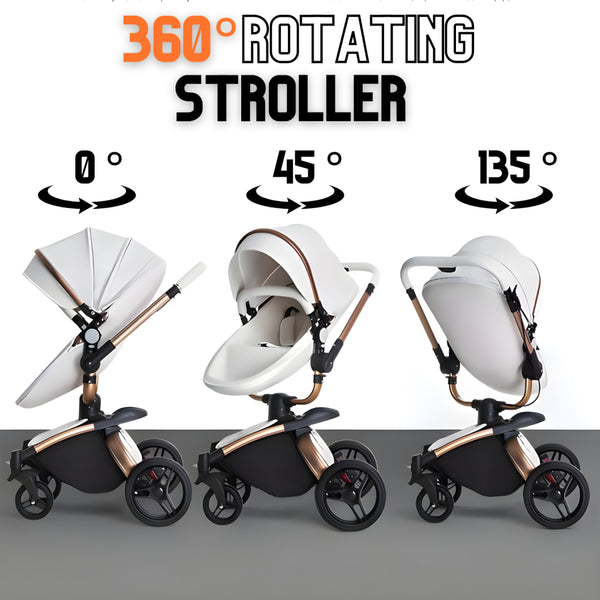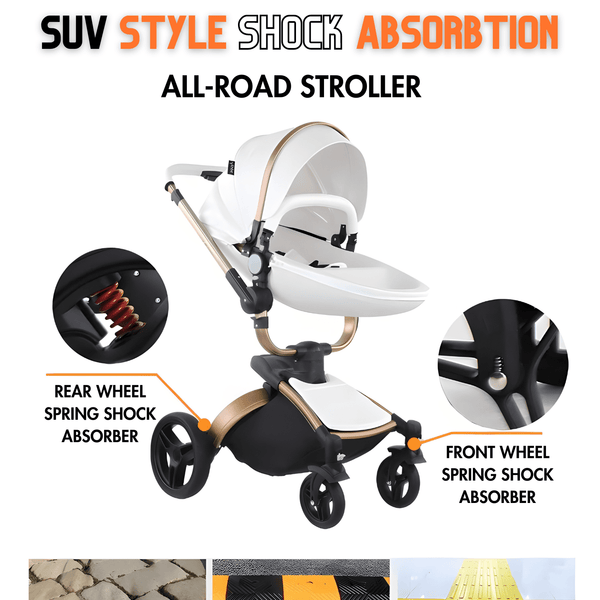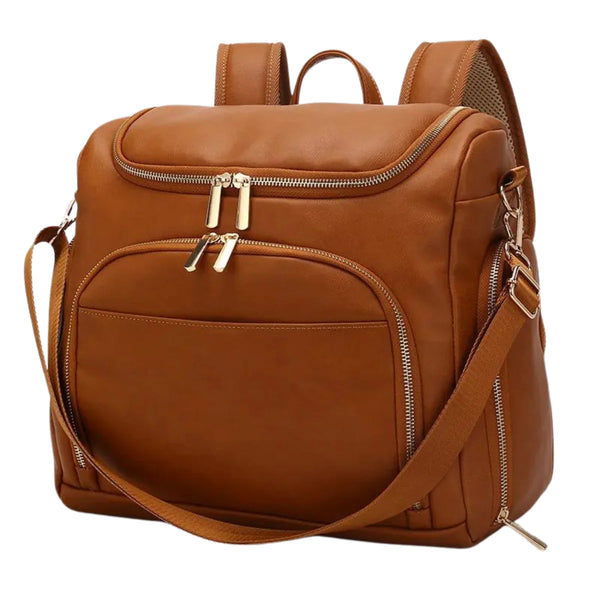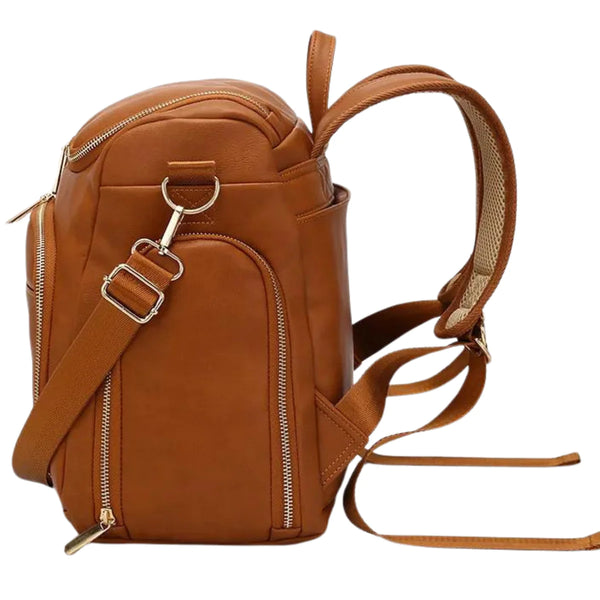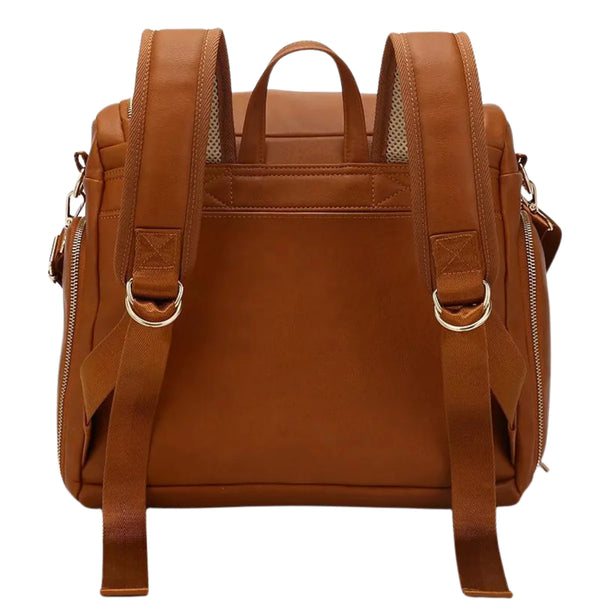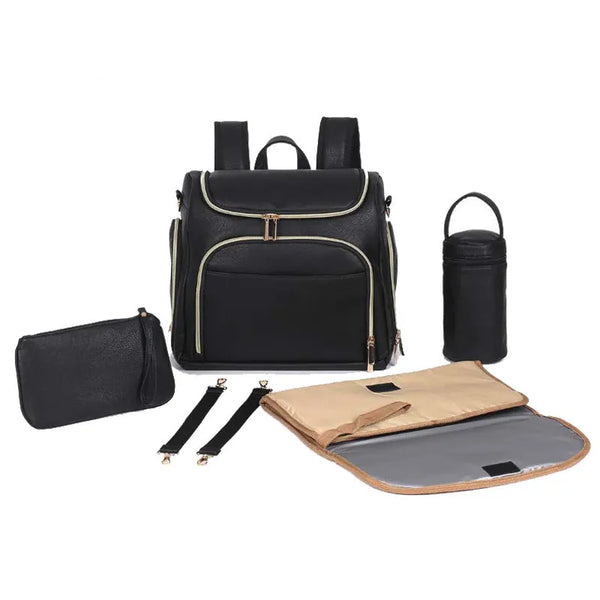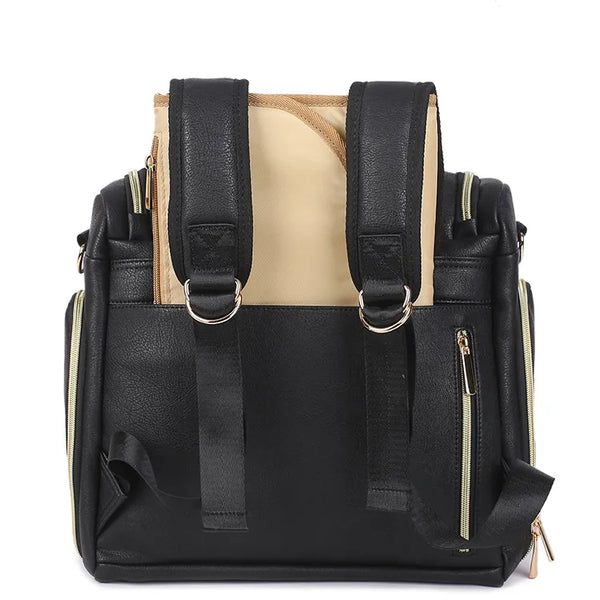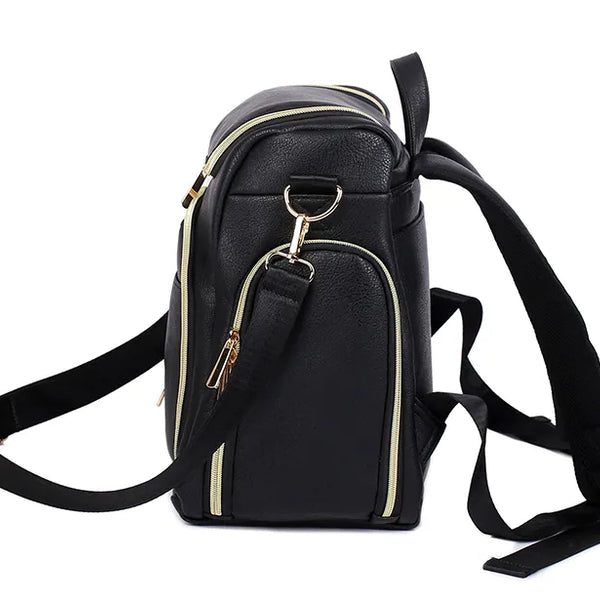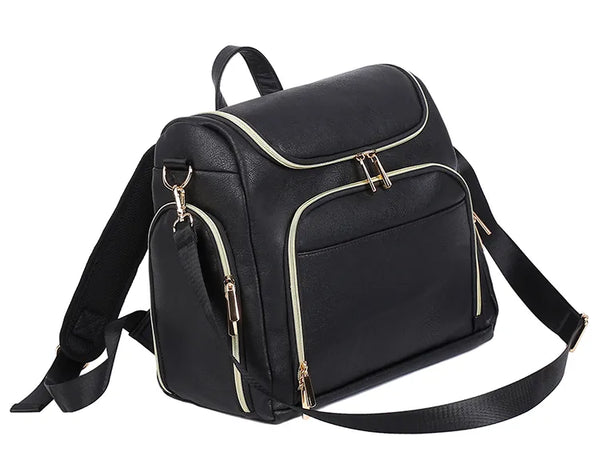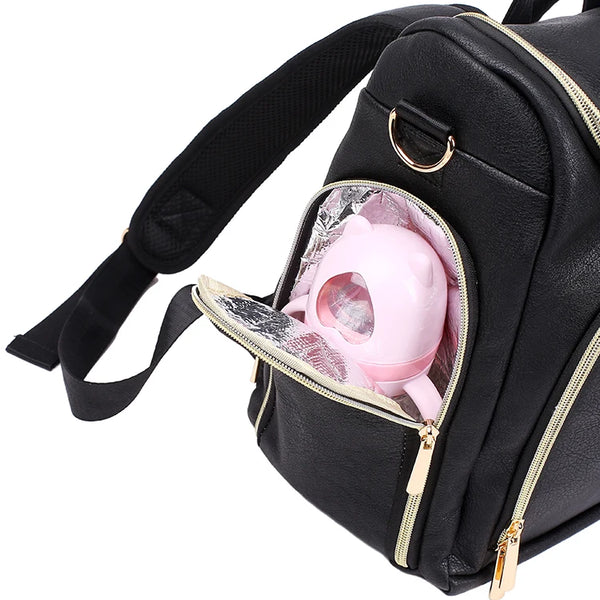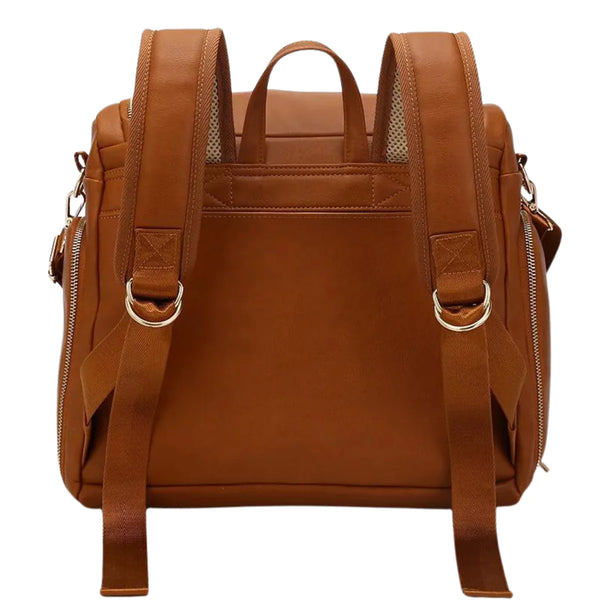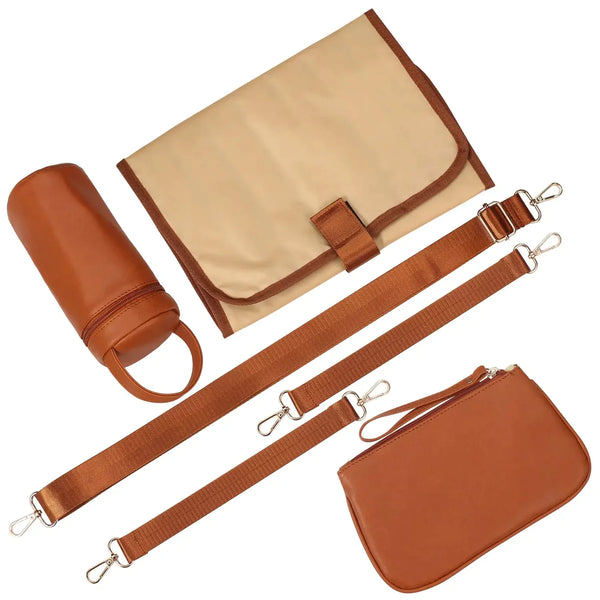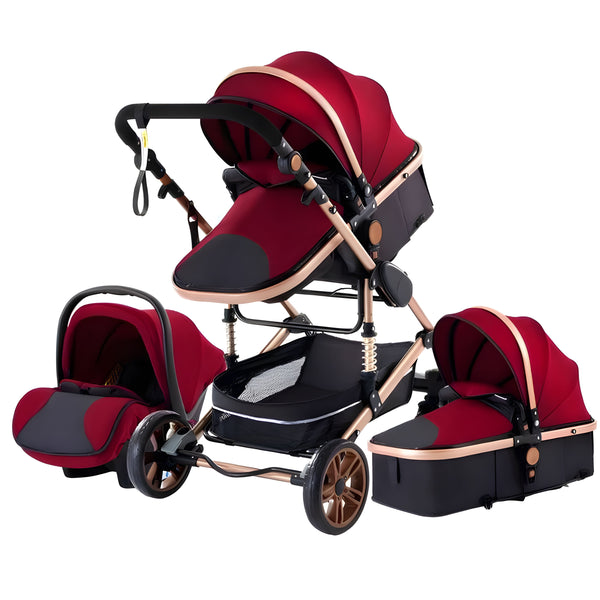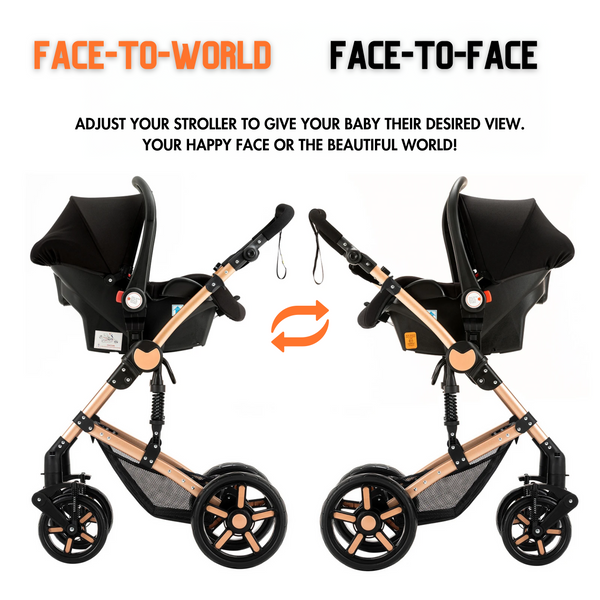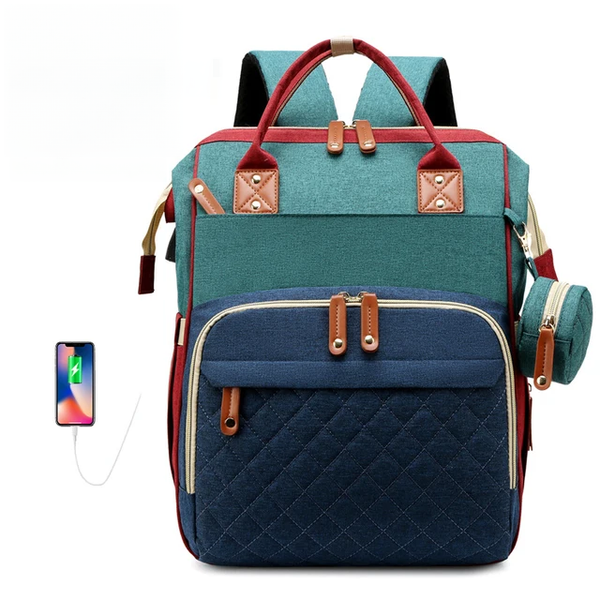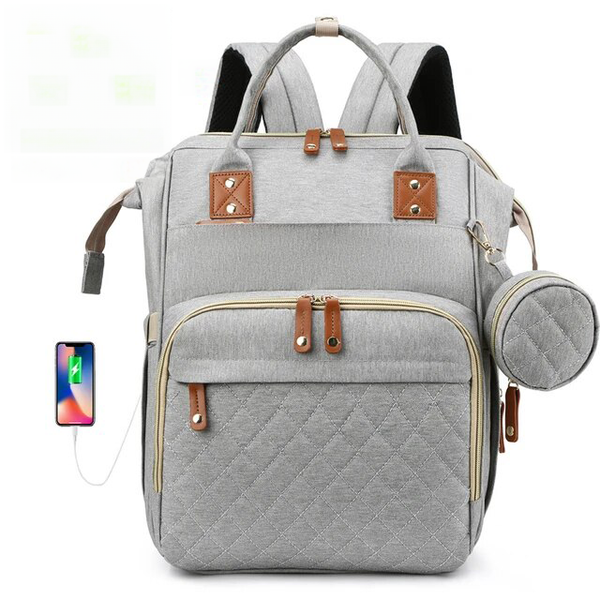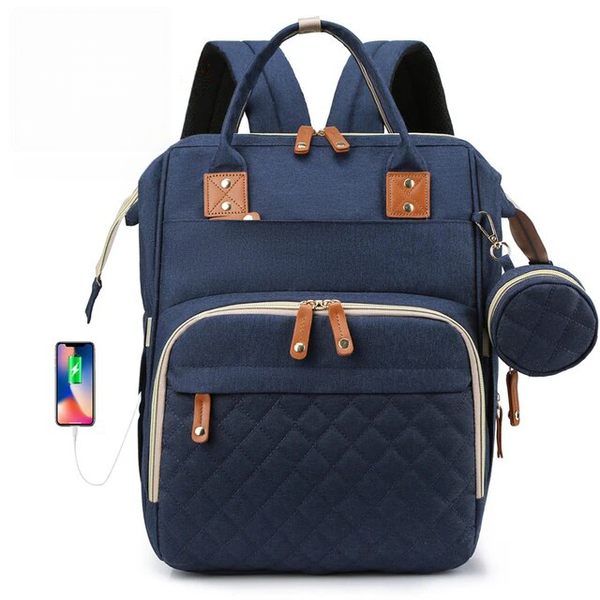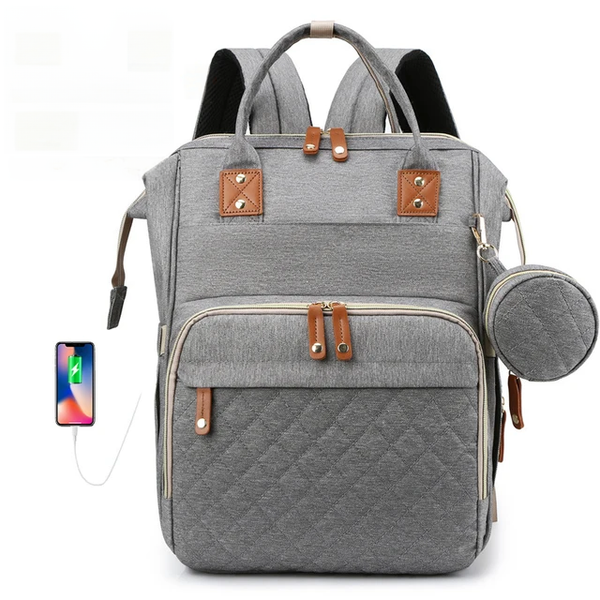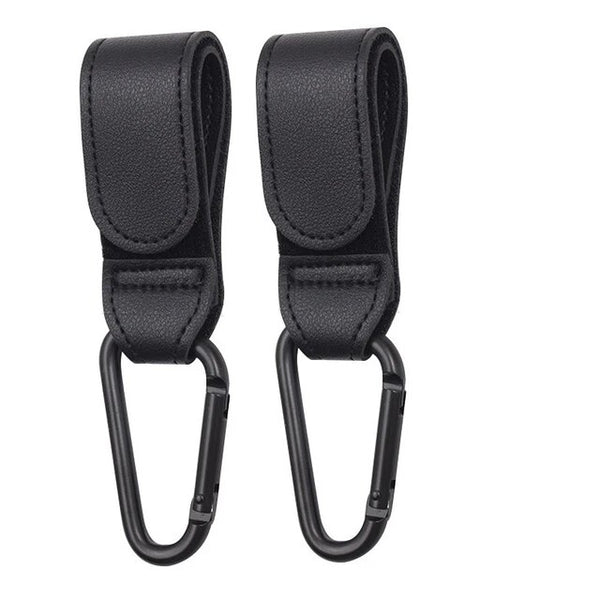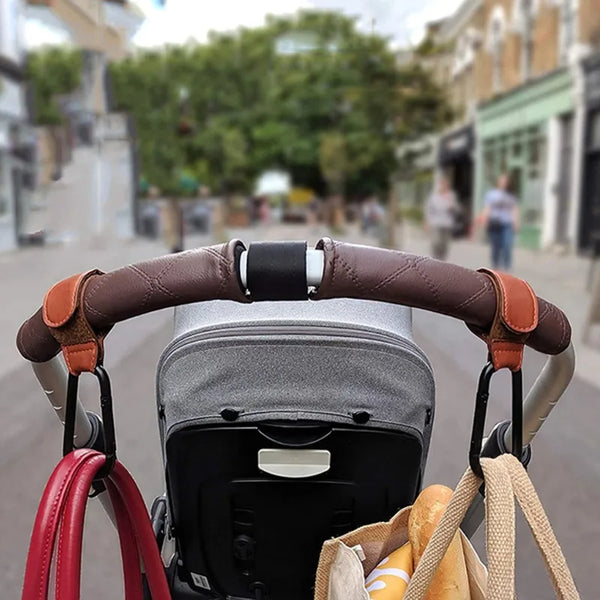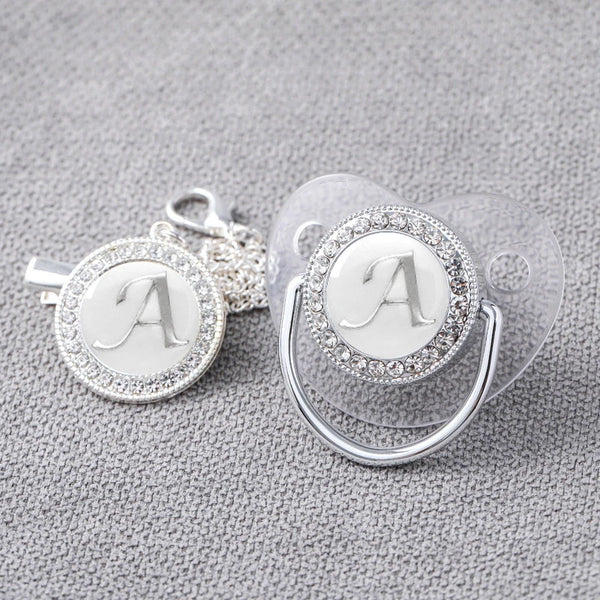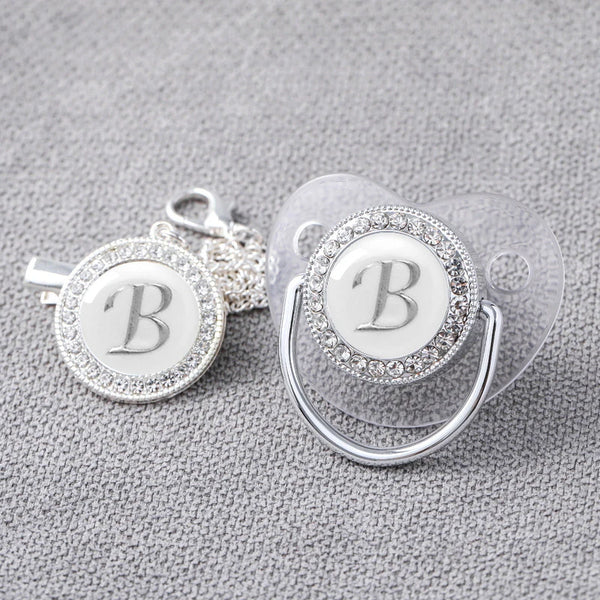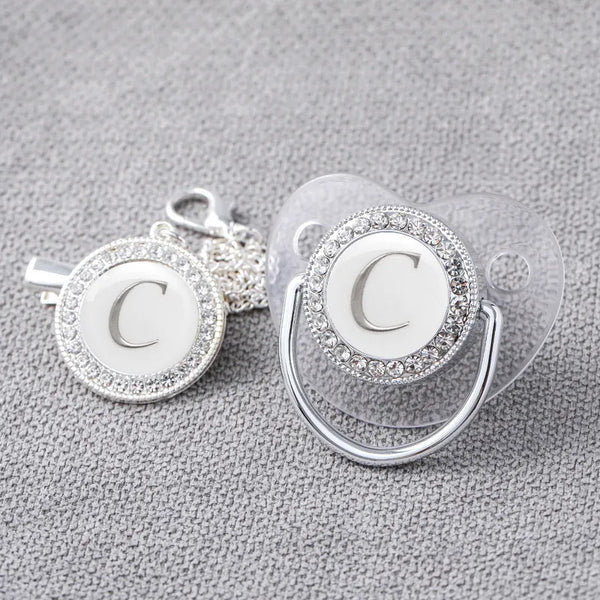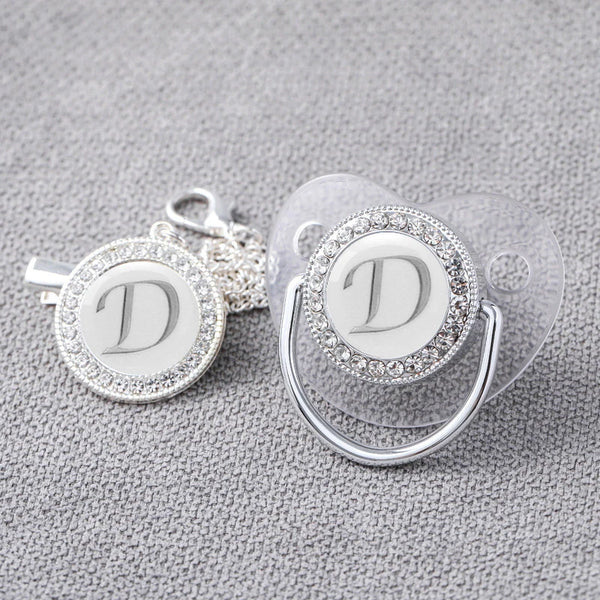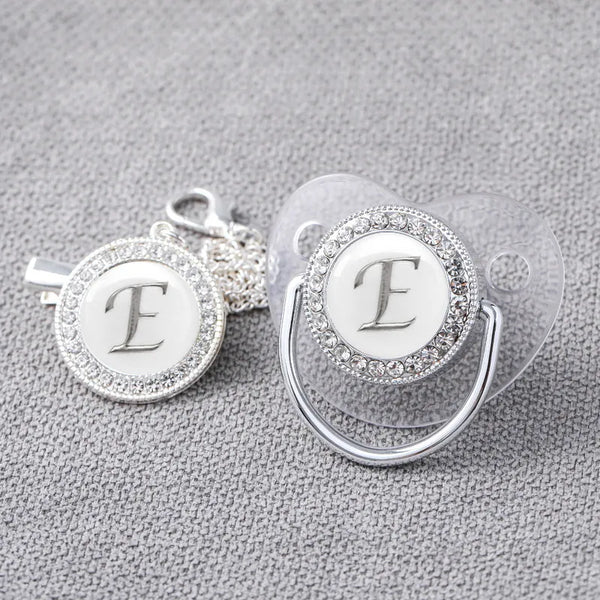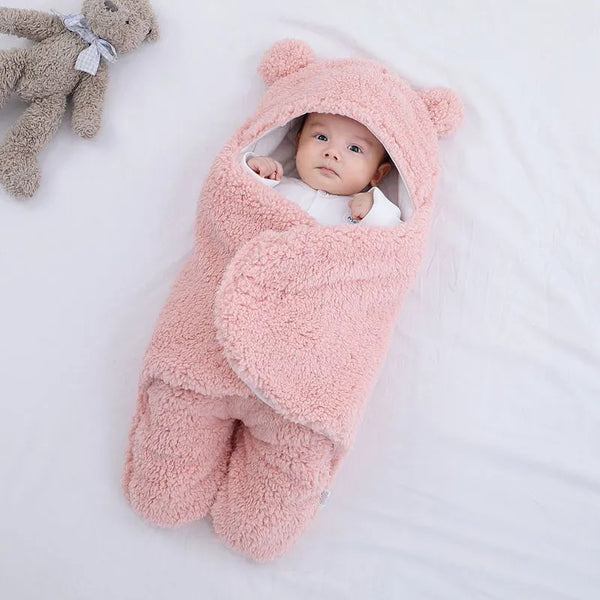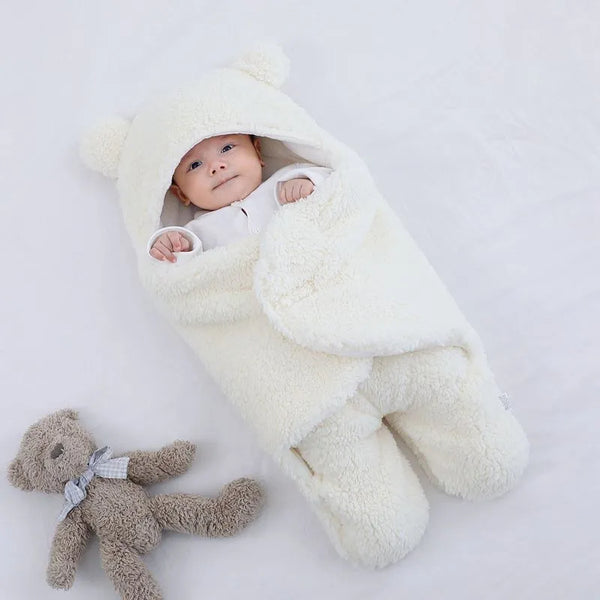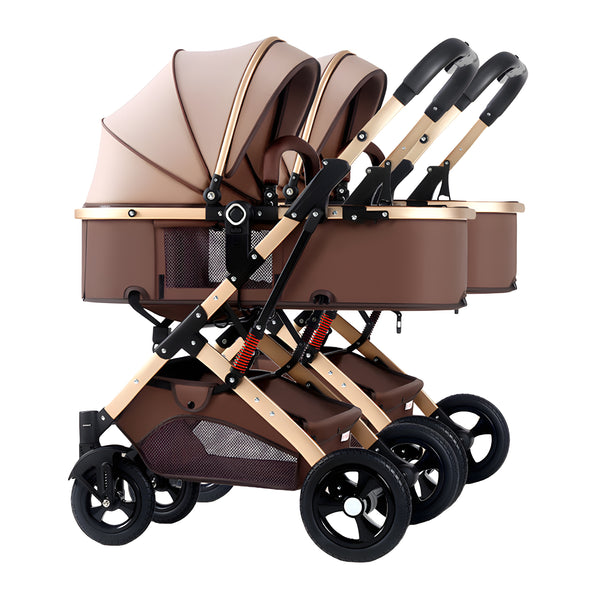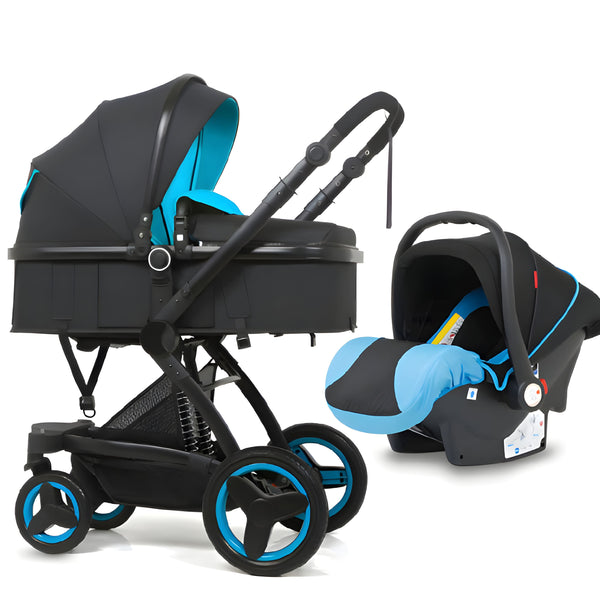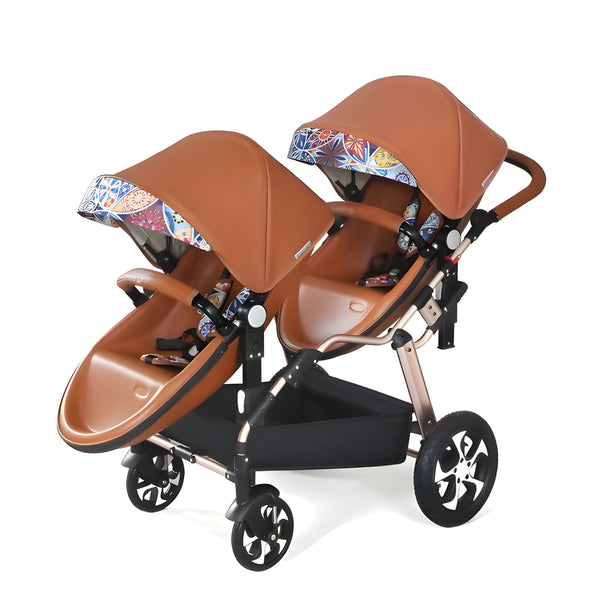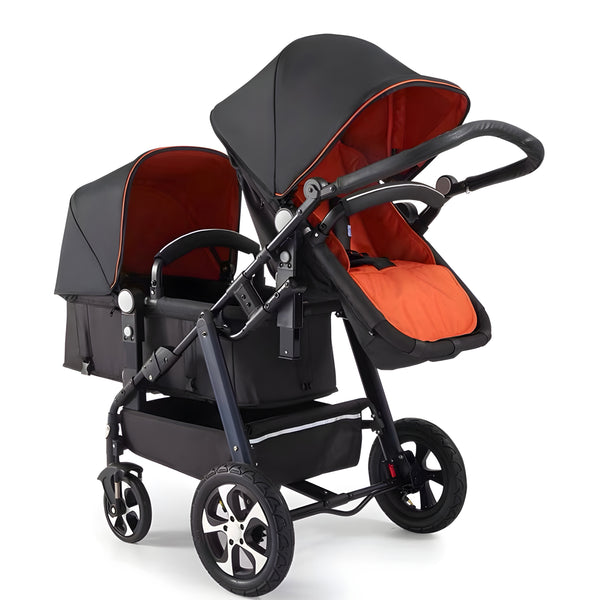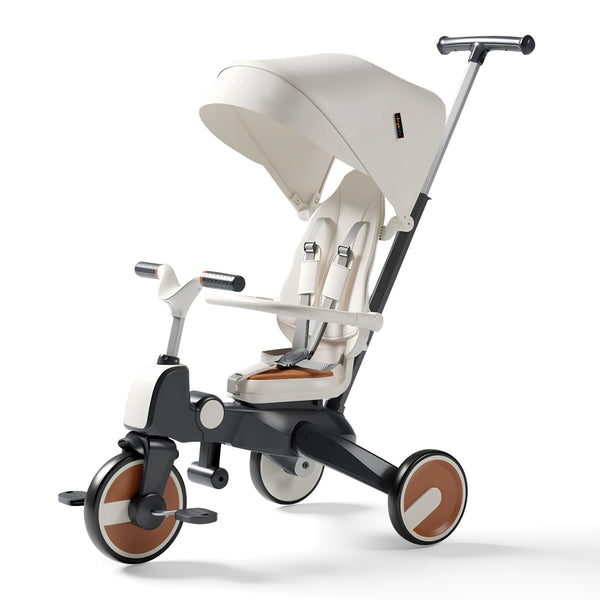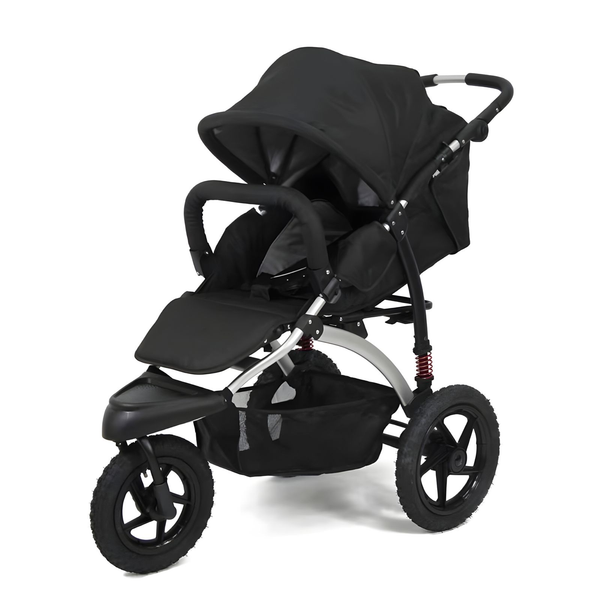When it comes to ensuring your baby’s safety, few things are as essential as setting up a safe sleeping environment. Safe sleeping for newborns in cots and bassinets has become a significant focus for parents aiming to reduce risks and give their babies a peaceful start in life. This ultimate guide will help you create the safest possible sleeping space, with all the must-know tips and guidelines recommended by pediatric experts.
1. Why Safe Sleeping for Newborns is Crucial
Creating a safe sleep environment is vital for preventing sudden infant death syndrome (SIDS) and other sleep-related incidents. According to pediatric safety guidelines, following a few simple rules for safe sleeping in cots and bassinets can make all the difference.
2. Choosing the Right Cot or Bassinet for Safe Sleep
When choosing a cot or bassinet for your newborn, keep the following factors in mind to ensure maximum safety:
- Sturdy Design: Look for a cot or bassinet that meets current safety standards. Make sure it's well-constructed, with no loose parts or sharp edges.
- Breathable Sides: Opt for a bassinet with mesh sides to allow proper airflow.
- Size and Fit: Ensure that the mattress fits snugly with no gaps to prevent your baby from getting stuck.
3. Setting Up a Safe Sleep Space: Best Practices
To ensure a safe and comfortable sleep environment for your newborn, follow these essential tips:
- Place Baby on Their Back: Babies should always be placed on their backs for sleeping to reduce the risk of SIDS.
- Firm Mattress: Use a firm, flat mattress with a fitted sheet. Avoid using soft, cushioned mattresses, which can increase suffocation risks.
- Clear the Sleep Space: Keep the cot or bassinet free of soft toys, pillows, and heavy blankets that could obstruct your baby’s breathing.
4. Room-Sharing vs. Bed-Sharing: What’s Safe?
Experts recommend room-sharing (keeping your baby’s cot or bassinet in the same room as you) for at least the first 6–12 months. However, bed-sharing is discouraged, as it can increase the risk of accidental suffocation.
5. Understanding Sleep Sacks and Swaddles
Swaddling and sleep sacks can be beneficial in comforting newborns, but they need to be used correctly:
- Choose Breathable Materials: Select sleep sacks made from breathable, lightweight fabrics.
- Proper Fit: Swaddles should not be too tight around the baby’s chest and should leave enough room for leg movement.
- Discontinue Swaddling When Baby Rolls: Once your baby starts to roll, discontinue swaddling and switch to a sleep sack to prevent accidental suffocation.
6. Temperature Control for Safe Sleeping
Keeping the baby’s sleeping environment at a comfortable, consistent temperature is crucial. Overheating has been linked to sleep disturbances and a higher risk of SIDS:
- Ideal Room Temperature: Aim for a room temperature between 20–22°C ( 68–72°F).
- Dress Baby Appropriately: Dress your baby in light layers and avoid heavy blankets.
Final Thoughts
Following these safe sleeping tips can help provide a secure environment for your newborn. Creating a consistent bedtime routine, monitoring room temperature, and using a safe cot or bassinet are just some of the ways you can support safe and healthy sleep habits for your little one.
Whether you're a first-time parent or welcoming a new addition to your family, this guide is here to ensure you have peace of mind knowing your baby is sleeping as safely as possible.




